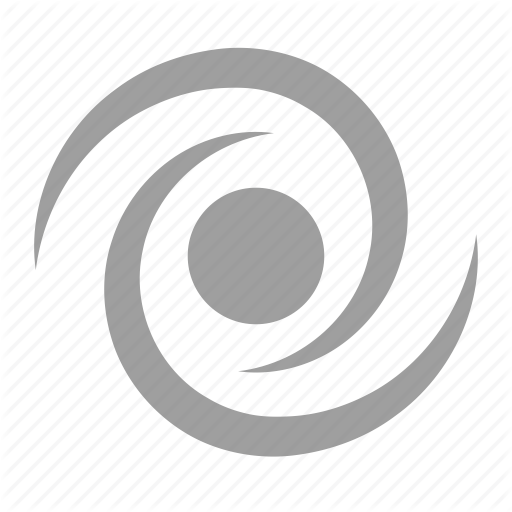View constellations
News of the Week
🌗 Moon
The Moon will reach First Quarter on Thursday, July 3 at 5:41 CEST. Already on the evening of Sunday, June 29, it will appear near Mars, low in the western sky. It passes through the constellations of Leo and Virgo, and on Thursday evening it will be near the star Spica.
🪐 Planets
- Mercury (0.5 mag) – Nearly unobservable, but reaches greatest eastern elongation on July 4. Might be visible in the daytime sky.
- Venus (–4.2 mag) – A bright morning star, low in the NE sky after 3 a.m. Near the Pleiades and Uranus.
- Mars (1.5 mag) – Low in the western evening sky in Leo, moving away from Regulus.
- Jupiter (–1.9 mag) – Currently unobservable, too close to the Sun.
- Saturn (1 mag) – High in the SE sky in the early morning. Rings are very thin and difficult to see.
- Uranus (5.8 mag) – Located below the Pleiades, in conjunction with Venus this week (distance <3°).
- Neptune (7.9 mag) – Very close to Saturn, appearing as a faint dot between them. A 6.3 mag star above them forms a helpful triangle for identification.
☀️ Solar Activity
- Solar activity is low.
- A large active region near the center of the disk could bring change.
- Earth is currently at its farthest from the Sun – a great time to photograph the Sun and compare with images from early January.
- Follow updates at:
Spaceweather.com,
Solarham,
Spaceweatherlive
🌃 Noctilucent Clouds (NLC)
- Visibility continues even after the solstice.
- Silvery ripples are beautifully visible with binoculars.
- Best viewing times: after 10 p.m. and early morning.
Author: Martin Gembec
